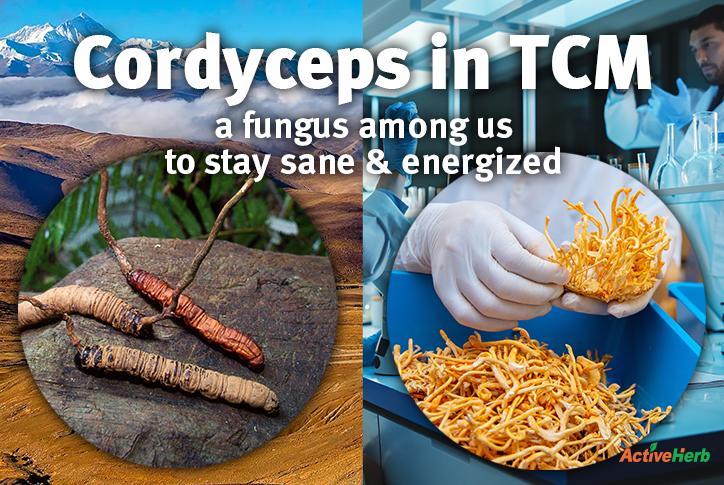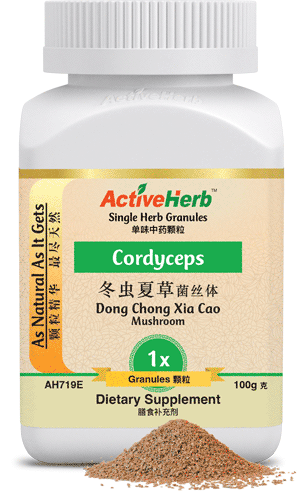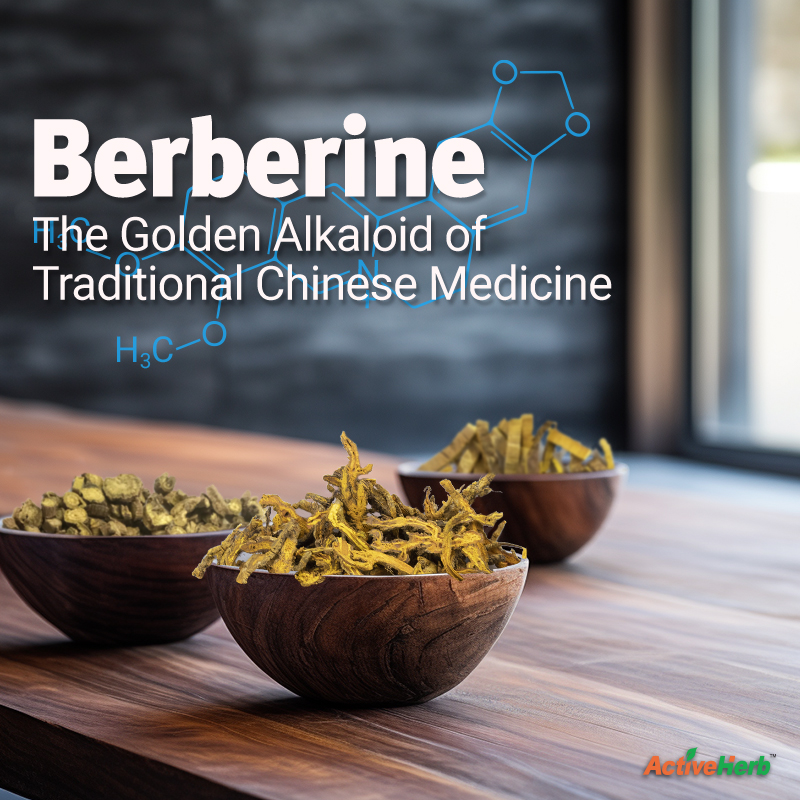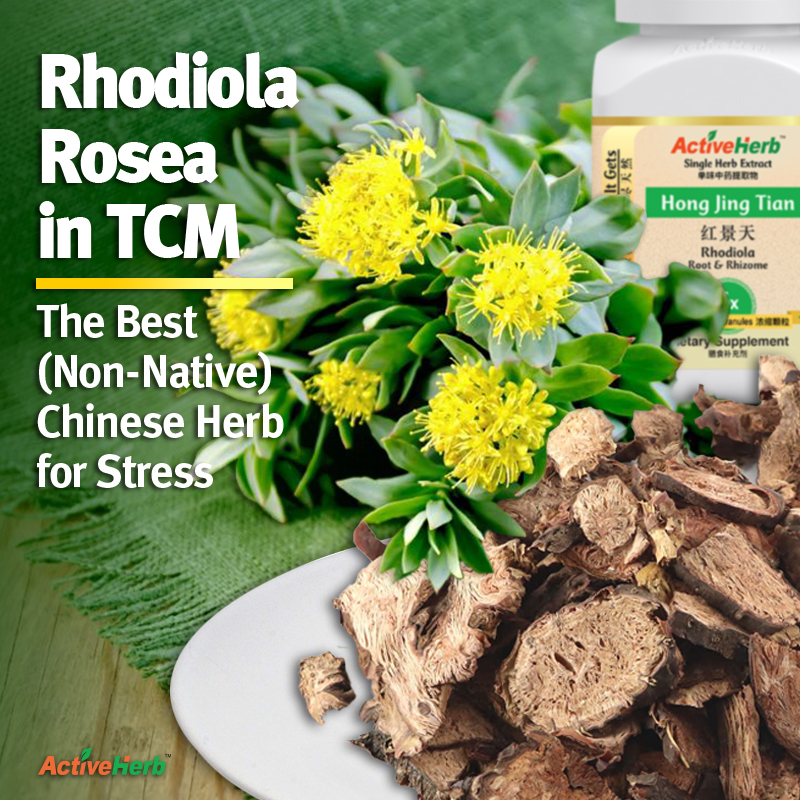Cordyceps in TCM: A Fungus Among Us To Stay Sane & Energized

No matter what side of the political aisle you’re on, there’s no denying that we’re living through unsettling times. Surging utility and food costs, a revival of the Cold War with nuclear threats, and a divisive climate not seen since the Vietnam War era.
So how can you keep it together without feeling overwhelmed, bereft of energy? Well, desperate times call for, if not desperate, then at least unusual measures. Taking a fungus that acts like a body snatcher in an insect’s body is certainly out of the ordinary.
But thankfully, there’s a way to get the energy-supporting benefits of Cordyceps, without the insects.
What Is Cordyceps?
If you haven’t noticed, mushrooms have become a huge health trend. These are not the same ‘shrooms that are afterthoughts on pizza slices and salads. Modern-day mushroom products are considered “adaptogenic” and “functional,” meaning that they help support the body’s systemic processes and neutralize stress. And one of the most funky fungi (mushrooms are the fruit of fungi) is Cordyceps, which in TCM is Dong Chong Xia Cao.
Now here’s where it gets weird and creepy. “Dong Chong Xia Cao” means “winter bug summer grass.”
‘Winter bug’ refers to a fungal parasite that grows on caterpillar larvae in the cold months. The spores—which for fungus are like the reproductive seeds of plants—are like zombies.
They infect the immature caterpillars and take over their body, killing them. And like the wondrous metamorphosis of a caterpillar chrysalis into a butterfly, in summertime, the zombie caterpillar larvae become a pretty sprout, which shoots out from the larvae’s head! Thus, the life cycle of Cordyceps is Dong Chong Xia Cao.
Before reviewing how Cordyceps supports overall wellness and energy, there’s good news if consuming infected caterpillar larvae sounds unappetizing.
Cordyceps from ActiveHerb.com comes from lab-grown fungus that is virtually genetically identical to Dong Chong Xia Cao in the wild. Only the middleman (the caterpillar) is removed from the equation.
Benefits of Cordyceps
A 2020 research study in Biomolecules says that the most important bioactive component in cordyceps is cordycepin, which the researchers say supports:
- Blood sugar (in people with already healthy levels)
- Cholesterol (in people with already healthy levels)
- Immune function
- Liver function
- Libido
- Cardiovascular function
- Bone health
- Joint health and more…
Another active ingredient in Cordyceps is adenosine, a chemical found in all human cells. If you remember from chemistry class, adenosine triphosphate (ATP) is the energy currency of cells. And beyond the energy-supporting benefits of adenosine, the researchers say that this natural internal chemistry supports the body’s inflammation and cardiovascular process.
For these reasons, the researchers conclude that cordyceps is “a most valuable medicinal mushroom for helping in maintaining good health.”
After reading about these potential anti-aging benefits, does that change your mind about taking a fruiting body that protrudes from a larvae carcass? If not, just to reiterate, ActiveHerb.com Cordyceps contains no caterpillar carcass!
Cordyceps in TCM
From a Traditional Chinese Medicine (TCM) perspective, cordyceps influences the Lung and Kidney channels. So what does that mean for your health? For starters, Cordyceps nourishes the Yang energy of the Kidneys, which is the storagehouse of your vitality/longevity (Jing). In other words, Cordyceps is a Kidney Yang tonic.
As for the Lungs, as in Western physiology, the Lungs of TCM theory are responsible for exhalation among other things. This is why Cordyceps supports the respiratory system.
Interestingly, in TCM theory, the Kidney organ system governs inhalation.
However, you don’t need to get Cordyceps that’s grown in the very high altitude of the Tibetan Plateau where in wintertime, fungal parasites commandeer the carcasses of caterpillar larvae. Instead, you can get the same benefits from wild Cordyceps—an increasingly threatened TCM herb in the wild—that’s grown in a Good Manufacturing Practice (GMP)-Certified facility.







